#duchesse de Vendome
Explore tagged Tumblr posts
Text
Images from 1909 issues of Les Modes -
Left 1909 (1 January issue) Les Modes Mlle. Gaby Deslys wearing lace dress by Zimmerman. From gallica.bnf.fr; fixed spots & flaws w Pshop 1024X1445.
Right 1909 (1 Febuary issue) Les Modes Baroness Maurice de Rothschild. From gallica.bnf.fr; fixed spots and left edge w Pshop 1024X1438.


1909 (1 March issue) Les Modes La Coiffure de Demain. From gallica.bnf.fr; fixed right side 1024X1402..
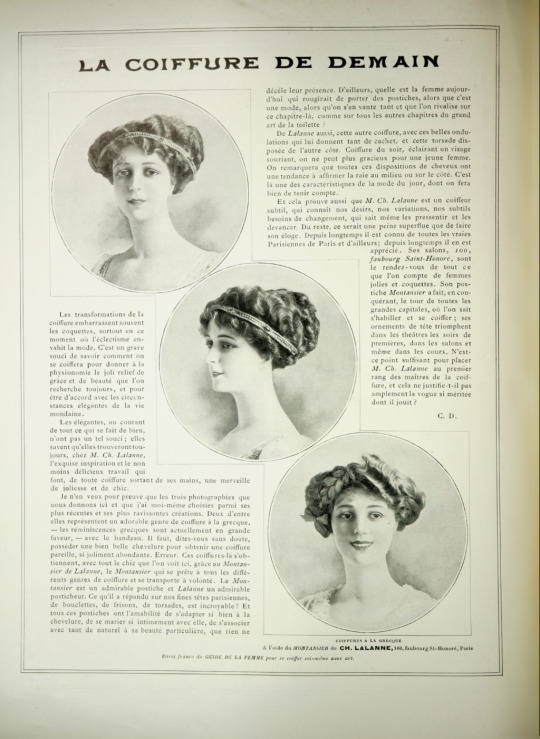
Left 1909 (1 April issue) Les Modes Mlle Andrée Marly in Chary toilette photo-Henri Manuel. From gallica.bnf.fr.; fixed spots & flaws w Pshop 1024X1405.
Right 1909 (1 April issue) Les Modes Mlle Templey in Paquin toilette photo-Félix. From gallica.bnf.fr; fixed spots & flaws w Pashop 1024X1402.


1909 (July issue) Les Modes Morning and dinner dresses by Paquin photos - l. by Boissonnas & Taponier, r. Félix. From gallica.bnf.fr; fixed spots & flaws w Pshop 1024X1407.

1909 (1 May issue) Les Modes cover Duchesse de Vendome photo-Boissonnas & Taponier. From gallica.bnf.fr; fixed spots & flaws w Pshop 1024X1412.

Left 1909 (1 August issue) Les Modes Comtesse d'Oppersdorff de Hohenlohe photo-Otto. From gallica.bnf.fr; fixed spots & flaws w Pshop 1024X1403.
Right 1909 (1 August issue) Les Modes Comtesse Hocquart de Turtot photo-Keturah Collings. From gallica.bnf.fr; fixed spots w Pshop 1024X1411.


1909 (1 September issue) Les Modes Comtesse de la Forest-Divonne photo - Fred. Boissonnas. From gallica.bnf.fr; fixed spots and flaws w Pshop 1024X1407.

Left 1909 (1 October issue) Les Modes Étole et manchon d'hermine by Forrures Max photo-Boissonnas & Taponier. From gallica.bnf.fr; fixed spots & flaws w Pshop 1024X1407.
Right 1909 (1 October issue) Les Modes La duchesse de Rohan photo - Eugene Pirou. From gallica.bnf.fr; fixed spots & flaws w Pshop 1024X1412.


Left 1909 (1 November issue) Les Modes Robes et chapeaux by Jeanne Lanvin photo-Chéri-Rousseau. From gallica.bnf.fr; fixed spots & flaws w Pshop 1024X1403.
Right 1909 (1 November issue) Les Modes Vicomtesse de Fontenay photo-Otto. From gallica.bnf.fr; fixed spots & flaws w Pshop 1253X1022.

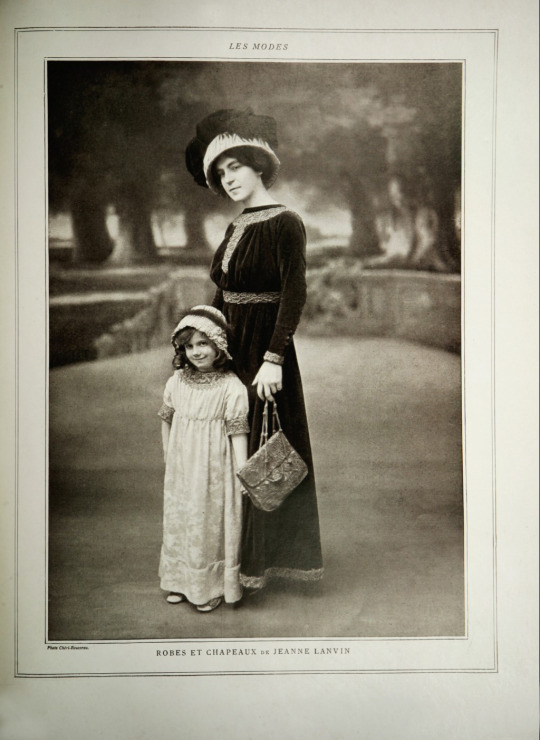
#1909 fashion#1909#1900s fashion#1900s#Edwardian fashion#Mlle. Gaby Deslys#Zimmerman#Baroness Maurice de Rothschild#wide hats#feathered hats#coiffures#Mlle Andrée Marly#Chary#Henri Manuel#Mlle Templey#Paquin#Félix#Boissonnas & Taponier#dinner dress#morning dress#duchesse de Vendome#comtesse d'Oppersdorff de Hohenlohe#Otto#comtesse Hocquart de Turtot#Keturah Collings#comtesse de la Forest-Divonne#Boissonas#Forrures Max#duchesse de Rohan#Pirou
13 notes
·
View notes
Text
Thursday 4th November 1824
8 20/60
2 ¾
Breakfast at 9 35/60 - read from page 16 to 25 vol. 1 Caroline de Litchfield – at 10 40/60 went to call on Miss Harvey – Sat with her 1 ½ hour – find her pleasant enough – well inclined to make herself so – but there is not that blaze of talent about I had been ½ taught to expect – she rented a pension in the Champs Elysees kept by a Scotch lady a Miss Glen or Flynn but indeed she would not allow it to be called a pension – she only received her friends Mrs Heath said there were people of first rate Scotch family there and very rich – the charge £60 a year – on leaving Miss Harvey at 12 10/60 went down to Mrs Barlow – brought her up here and she sat with me till 1 when Madame Galvani came and staid till 2 ¼ - Shewed the translation from Italian into French I had ready for Monday and spent the rest of the time in conversation – without leaving it at all possible to discover that Mrs de Boyve had mentioned I her as a friend of Madame Galvani’s named the duchess de Raguse as lightly spoken of – that is if I came to France again and wished to be in society I must not be introduced to the duchess – Mme Galvani defended her very ably – said those only abuse her who envied her or could not gain admittance to her society – she had trois milles livres de reutes par an [thirty thousand livre a year] and is therefore surrounded with flatterers – when her brother M Perigold was about to marry she would have given up her mistress Mme d’Almagne wife of the celebrated general who was obliged to go to America when the Bourbons came, the duchess took her to Italy with her and settled on her a person of 6000 livres a year – that very woman abuses the duchess who having heard of it, sorrowfully expressed her fears to Mme Galvani that Mme d’Almague should she learn that she knew it, because then she (Mme d’al Almague) would not take the pension – the duchess is 46, one year older than Mme Galvani, is little and broad as long, but had a very beautiful face – she is parted from her husband because he was the 1st to betray Napoleon and she said she would not live with a man who had betrayed his benefactor to which he owed everything – but she allows him 60,000 francs a year –
Expressed much sorrow for my not having called to inquire after Mme Galvani her being so ill here on Saturday – she had been confined to her bed almost ever since – has had an abscess on the inside of her cheek – had much fever on Sunday – was almost delirious with fever and was so on Sunday – tacitly hinting at herself spoke of all the Italians having amants [lovers] on the subject of the Italian Ladies having cicisbei [male lovers] said the French might be as bad but they always kept up appearances – No! said Mme Galvani not in the highest ranks – that Italians have only one at a time and that for love and the connection frequently lasts 15 or 18 years – the French have several all at once and they always calculate what presents they shall have &c &c. the old women keep the young men and the young men keep the young women – often make these presents with the very money they have received from the old women – but a Frenchman often boasts of favour he had never received –
A gent having a wish to see Mme Galvani met another gent in a party to where he happened to mention this – the gent hummed and ah-ed and looked significant and at last said he was an amant [lover] of Mme Galvani, sometime afterwards the former gent having been introduced to Mme Galvani met him in a party and after conversing with her a while the other gent came up and asked her who it was he had been talking – the gent expressed his surprise that her amant [lover] should not know her and told Mme Galvani the story who thus learnt how she had thus been accused and justified by the very same person – I thought of Mrs de Boyve’s story against Mrs Barlow and that M de Nappes friend might have accused her with equal falsity – Went down to Mrs Barlow at 2 ¼ and she brought her work and sat with me still 4 40/60 when we both washed our hands &c and sat down to dinner at 5 – Mme de Boyve dined out all the party going to the play but Mme Carbonnier and Mrs Barlow and I and M and Young de Boyve only sat cosily till 9 35/60 then came up to bed – Mrs Barlow soon followed and came to me at 9 50/60 and sat with me till 11 35/60 –
Behaved very properly all the day tho evidently making distant love kissed her gently several times particularly saying she now behaved kindly and well and I was satisfied and would never make a bad use of it. She was cutting some cambric handkerchiefs made a mistake or two said it was all talking to me and was evidently a little distrait in my favour, I owned particularly tonight how comfortable I was to have her working by me it was not happiness but it was the highest degree of comfort and my folly tho now gone off had left a something behind which made my relish for her society more piquant. She understands me well enough she knows I am making love and does not look as if it was impossible she should return it at last. I said she was right and not in saying I should not love long what I did not respect right in the first instance but we were at issue on the point that if my love was returned I should not respect the person, why should I not if she deserved to be respected for every other thing. Surely loving me could not sink her in my esteem why should she not love me, was I not one who might hope to gain attachment and retain it when gained, and in loving me there must be a great deal of mind, hinting that I had not the power to inspire any love which did not chiefly depend on mind. She looked as if not dissenting for displeased but said I there are whom I know I could both respect and love they are not at the worlds end but it matters not to give them a local habitat it on and a name yet to know only one mine where it is necessary to know two is nothing.
She often looks at my gold rings and just presses them on my finger, she had done tonight said I, I know you often think of those rings perhaps you attach too much importance to them and I too little. She asked if I had described the friend who gave them, I somehow said no, ah said she is your dearest friend you told me it was Mrs Lawton, you told me wrong then. To this I made no answer but returning to the position there are whom I know I could both respect and love yet to know only one mind where there are two is nothing, said she directly, you ought to know your own mind before you ask that of others you do not understand these things. I was silent a moment then said it was possible to unsay in a moment what it had required hours to say, and was going to ask whether she meant that if I was in the same mind three years hence or if my own mind was really made up now could she change hers, but she jumped up must go and went away. I often talk of seeing her two or three years hence when I am to write and she will give me a bed if she can. Whenever I tell her she will be married she always ssays no no she shall not. I told her tonight I thought she sometimes liked me, she did not deny it speaking of my picture of happiness said I would not let my ‘friend’ get into bed much before or after me, I should [dislike] to find or be found asleep, she smile[d]. I said happiness like all other things required some tact, I though I knew it a little and that I could make the person I loved happy, she said she thought I could - surely she likes me. What would Pi [Marian] say. She has not written to me for too long – curled my hair –
After Mrs Barlow left me at 11 35/60 then mused a little over the fire – then 20 minutes eating grapes then wrote all but the 1st 1st line of this journal of today which took me till 2 ¼ - Rainy morning – rain for a little while about noon – then rained again almost all the rest of the day – the wind put high now at 2 ¼ at which hour Fahrenheit 60 E… O.. I always feel a little excited with Mrs Barlow
(Diary references: SHMLE80070 & SHMLE80071)
#1824#november#paris#place vendome#maria barlow#anne lister#anne lister code breaker#mrs lawton#mariana#duchess de raguse#gentleman jack
1 note
·
View note
Photo

Antoinette de Bourbon, Duchess of Guise (25 December 1493 - 22 January 1583)
#antoinette de bourbon#duchess of guise#daughter of francois count of vendome#wife of claude duke of guise#history#women in history#france
9 notes
·
View notes
Text
About Webster’s family and his mother Joan Kingsley Ohl
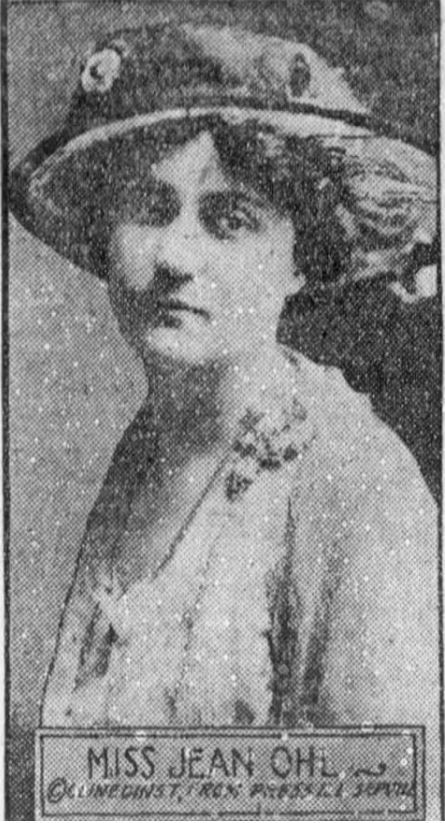
David Kenyon Webster was born on 2 June 1922 to Mr and Mrs David Frank Webster of 40 East Eighty-third Street NYC. For some reason it tooks his parents two weeks to post his birth announcement on newspaper. But it has his full name in the announcement so maybe they were deciding how to name him.
He was the second child among 4 children of his mother (his father had two daughters in his previous marriage).
His father was the vice presedent of the Pacific Commercial Company. He mainly lived abroad so there was not too much mention of him in social notes (it’s generally the case for the men, because social notes were mainly about ladies). He had married once but his first wife died. So when he married Web’s mother he was already a 43 yr old widower (the bride was 29).
Webster’s mother was Miss Joan Kingsley Ohl (sometimes her name was writtern as Jean). She was the daughter of Josiah Kingsley Ohl, who was a famous war correspondent. Web’s grandpa was the chief editor of Evening Telegram. From 1907-1917 he was the Far East correspondent for the New York Herald and he lived in China, Japan, Korea, Philippines and India (but he died two years before web’s birth so web never spent anytime with grandpa). Webster’s mother was his only child, she lived in Peking China when her parents were there.
Webster’s mother was a talented and accomplished women. In 1919 she was decorated for war service with “le Medaille de Son Alteese Royale la Duchesse Vendome” in recognition of her work in wwi as the interpreter and secretary to the Belgian Minister during the day and the rest of her time to the Red Cross canteen.
After their wedding in 1919, Mr and Mrs Webster went to live in Manila Philippines for two years. Web’s elder brother Frank was born in Manila, but they returned to US in 1921 so web was born in NYC.
In 1920s, the Websters and the Nixons were both living along Fifth Avenue, within 5 min by walk. From the social notes, Mrs Nixon and Mrs Webster attended some charity events together. They may not know each other, but it’s safe to say young web and nix both played at central park.
Web mentioned in his book that he was in Japan in 1935, so I guess the Websters were traveling in Far East during 1930s.
In the 1940 census, the Websters household included Mr David Frank Webster the head of the house, Jean the wife, 4 children (web was 17 yr old) and one servant.
Web attended Taft high school. In the yearbook, his classmates described him as “quiet and studious”, with a “never-give-up” attitude. “he never gets upset over the little things that bother most of us”, and “has an unusaul liking for sailing vessels”, he was always building boat in his dom. He was on the wrestling team, track squad and football club, and German club. (Most importantly, his classmates also call him “web”).
Web in his book described Dick Winters as “the medal winner, who was big and hard and aggressive, seemed like the kind of man who would live forever”, which made me believe that web was shorter than Dick Winters, but in fact web was 6 ft and Dick was 5'11" so web was slightly taller. Maybe he was so impressed by Captain Winters so his brain was just so convinced that Dick was “big and hard”?
Webster’s mother had 3 sons, all joined the army (Web saw his elder brother Frank in France in July 1944) Web and his younger brother John were paratroopers. Web wrote letters to John to give him advices (mostly about how to survive the war in the army). Among her 4 children, 3 predeseased her (only the oldest and a step-daughter outlived her. But mama web lived to 85 yr old.
37 notes
·
View notes
Photo
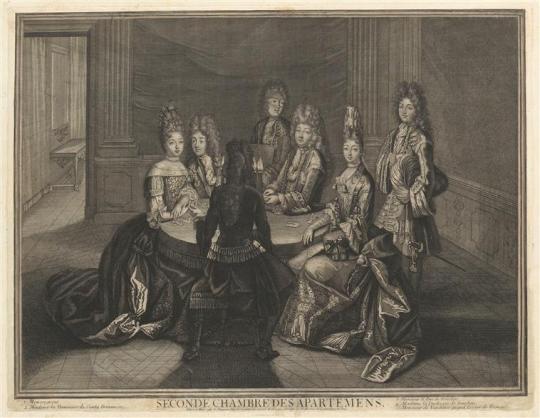
The Grand Dauphin, duchesse de Bourbon, prince de Conde and Philippe de Bourbon-Vendome gambling in the the Grand appartement de Versailles, c.1694-96.
By Antoine Trouvain
14 notes
·
View notes
Photo

@https://timeewaitsfornone.tumblr.com/
Prince Ferdinand, Duke of Alençon
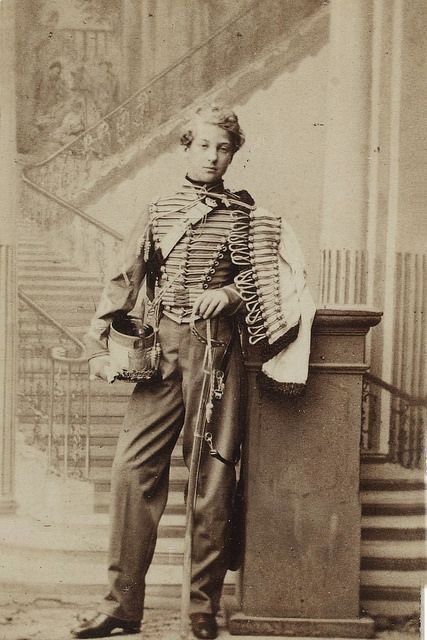
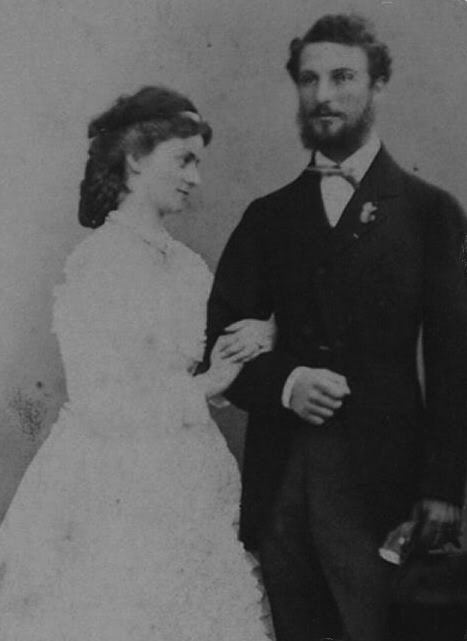
He married Sophie Charlotte Augustine, Duchess in Bavaria the sister of Empress Elisabeth(Sissi)of Austria.
The Duke and Duchess of Alençon had two children:
Louise d'Orléans (1869-1952) who married Prince Alphonse of Bavaria (1862-1933), infant of Spain. Emmanuel d'Orléans (1872-1931) "Duke of Vendôme" who, after an affair with Miss Louise de Maillé and the birth of a natural child, married Princess Henriette of Belgium (1870-1948), sister of King Albert I of Belgium.
The Duke d'Alençon's childhood is particularly austere. His father, Louis of Orleans, Duke of Nemours shows little tenderness to his children and roughs them, thinking thus to harden them. Despite everything, the Duke of Alençon remains very close to his father and he enjoys a great influence on him all his life. His mother, the Duchess Victoire, died in childbirth in 1857, when he was only 13 years old. Her grandmother, Queen Marie-Amélie cares with great tenderness for the education of her "little sonnet" and her brothers and sisters.
In 1861, after two years of public school in Edinburgh, "Alençon" studied the profession of arms at the military school of Segovia and, being forbidden to stay in France like all members of his family, he commits himself as a an officer in the Spanish army (of which his uncle, the Duke of Montpensier, is a part).
In 1866 Ferdinand and his cousin Louis of Orleans, Prince of Conde, embarked at Southampton on the Mongolia, a ship of the British shipowner P & O bound for Egypt. They land at Alexandria where Ferdinand let his cousin continue his journey, to visit the country. In the meantime, his grandmother died in England in 1866 at the age of 84.
Faithful to her sovereign, Isabel II of Spain, the prince participates in an expeditionary force tasked with suppressing an insurrection in the Philippines. His bravery earned him the rank of captain but he resigned when the queen was deposed in 1868.
When the Franco-Prussian war broke out in 1870, the Duke of Alençon informed the government of Napoleon III that he was eager to participate in the fighting, even as a second-class soldier. But the French army rejects the prince's request (like those of all his Orleans relatives), as ordered by the government of Napoleon III.
In 1868, the prince married Duchess Sophie-Charlotte de Wittelsbach, sister of the Empress of Austria and the former Queen of the Two Sicilies. The young couple Alençon lives happily, in Sicily then in Rome, at the King of the Two Sicilies, to cure the health of the Duchess, greatly weakened by a first childbirth. Falsely suspected of preparing with the two ex-sovereigns for the re-establishment of the Bourbons on the throne of the Two Sicilies, the "Duke and Duchess of Alençon", so as not to cause embarrassment to their parents, leave Italy and Italy. settled in Meran and Mentelberg, in the Austrian Tyrol (currently in Italy). The duchess gives birth to her second and last child, Emmanuel, while the duke is in Paris with his father preparing for the arrival of his family in his homeland.
Returning to France after the fall of the Second Empire, Ferdinand d'Orléans can finally become an officer in the army of this country he venerates without knowing him really since he left at the age of 4 years. The couple moved to Vincennes with his two children. Appreciated by his soldiers but abused by some of his superiors because of his royal birth, Ferdinand of Orleans is however again removed from military life by the 1886 law of exile, which excludes the Orleans and Bonaparte from France. and condemns the pretenders to the French throne to a new exile. Ferdinand however chooses not to accompany his cousin, the Count of Paris, in exile and remains live in the French capital by patriotism.
Like his wife, who became a Dominican Tertiary in 1876, the Duke of Alençon became a member of the Franciscan Third Order and devoted much of his time to good works. After the tragic death in 1886 of her first betrothed, Ludwig II of Bavaria, the Duchess of Alençon compulsively takes refuge in an adulterous love story. Ferdinand then had her cared for in a clinic near her family in Austria, under the benevolent care of her brother-in-law, Duke Charles Theodore in Bavaria, a soldier who became a doctor and then a well-known ophthalmologist. In 1891, his daughter Louise married a German cousin, Prince Alphonse of Bavaria. Five years later, the Duc de Vendôme married Princess Henriette of Belgium. If the "Bavaria" must wait many years before having their first child, very quickly the "Vendome" make Ferdinand grandfather. In 1897, the Duchess of Alençon perished in the fire of the Bazaar of Charity. The duke, broken and now in his fifties, tries to take the habit. This desire is not granted however, despite an appeal to Pope Pius X. Deceiving his boredom, the prince begins to travel across Europe, using his family relationships to defend the political positions of France while leading a life more and more evangelical. The "Duke of Alençon" died in 1910. His body and that of his wife are now gathered in the Royal Chapel of Orleans, Dreux.
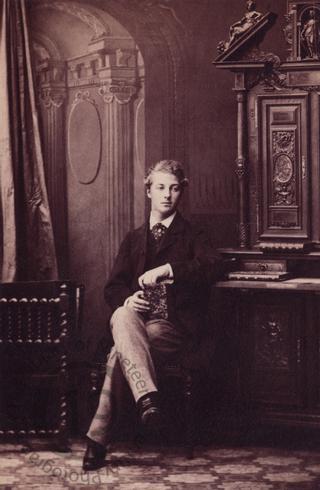
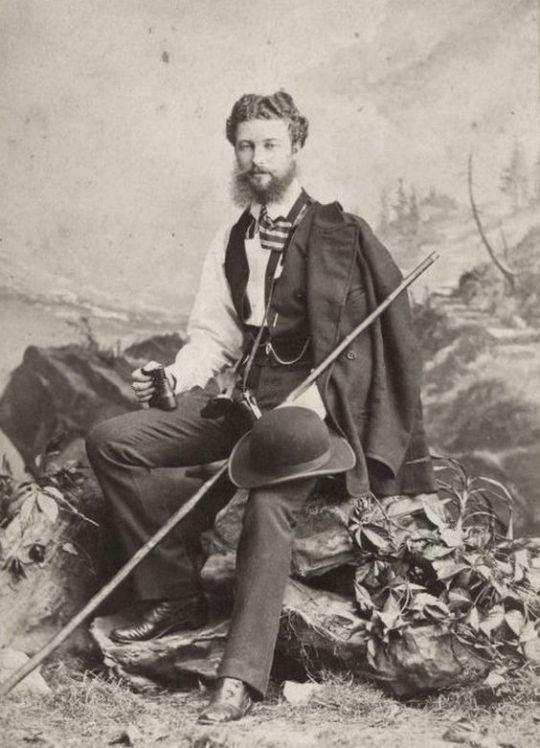

22 notes
·
View notes
Photo
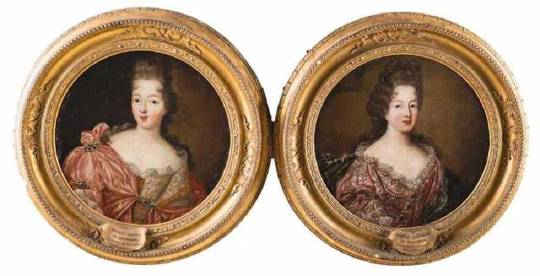
A pair of portraits of Marie Therese de Bourbon, Princess of Conti (Right) and her younger sister, Marie Anne de Bourbon, Duchess of Vendome.
The women were two of the daughters of the Prince and Princess of Conde, Henri Jules de Bourbon and Anne of Bavaria. Henri was a member of a cadet branch of the House of Bourbon founded by Louis I de Bourbon, uncle to Henry IV of France, which derived its’ name from his title of Prince of Conde.
#marie therese de bourbon#Marie Anne de Bourbon#house of bourbon#princess of conti#duchess of vendome#18th century#long live the queue#house of conde
18 notes
·
View notes
Text
Available Characters in France
Contact us here or at forum if you wish to play one of them:
Jeanne d'Angoulême, Countess of Bar-sur-Seine-Dame de Givry, Baroness of Pagny and of Mirebeau, was the illegitimate half-sister of King Francis I of France.
Souveraine of Angoulême -was the illegitimate half-sister of King Francis I of France. In 1534 Married French Ambassador Louis de Perreau, Sieur de Castillon.
Guillaume Gouffier-Soldier
Lucy of Anjou- Duchess of Anjou
Madeleine of Angoulême-was the illegitimate half-sister of King Francis I of France
Arabella Pisseleu Valois- illegitimate daughter of King Francis I of France, with his mistress Anne de Pisseleu d'Heilly.
Jacqueline Jacobs- Lady in waiting at French court. A fictional character, hers story is all yours to make.
Jacques Guillemeau- physician at french court, a fictional character, his story is all yours to make.
Jane Rushmont[/b]- Cousin to Philippe Chabot, Ambassador of France. A fictional character, hers story is all yours to make.
Charles de Lorraine - 2nd cardinal de Lorraine, one of the foremost members of the powerful Roman Catholic house of Guise and perhaps the most influential Frenchman during the middle years of the 16th century. He was intelligent, avaricious, and cautious.
Claude of Lorraine, was a French aristocrat and general. He became the first Duke of Guise in 1528. He was the second son of René II, Duke of Lorraine, and Philippa of Guelders. He was educated at the French court of Francis I. At seventeen, Claude made an alliance to the royal house of France by a marriage with Antoinette de Bourbon (1493–1583), daughter of François, Count of Vendôme.
René of Guise,Marquis d'Elbeuf-was the youngest son of Claude, Duke of Guise and Antoinette de Bourbon.He served as French ambassador to Scotland, and accompanied his sister Mary of Guise on her entrance to that country in 1561. He was also a patron of the arts, particularly of composer Pierre Clereau of Lorraine.
Constance Kelly- lady in waiting to Ava Lafontaine, Duchess of Brittany and younger sister to Claude Valois Queen of France. A fictional character, hers story is all yours to make.
Francis de Lorraine II- was a French soldier and politician. By religion, he practised catholicism, at a time when France was being polarized between the Catholics and Huguenots.
Henry D'artagnan-[/b]Duke of Artagnan, and council member of Francis I court, a fictional character, his story is all yours to make.
[b]Brigitte Rousselot - lady in waiting to Queen Claude, later becomes a mistress of Charles Brandon.
Louis Castillon-Sieur de Castillon was the French ambassador to England during the reign of Henry VIII. He served at the English court from November 1537.
Antoine Duprat was a French Cardinal and politician, Lord of Nantouillet, Count of Valtellina, Britain, and of the Duchy of Milan, was chancellor of France.
Francis III, Duke of Brittany - eldest son of Francis I and Queen Claude and dauphin as well. (Dies in 1536)
Charles II de Valois - Duke of Orleans
Margaret of France - Duchess of Berry
Emmanuel Philibert - Duke of Savoy and husband of Margaret of France
Anne duc de Montmorency-was born at Chantilly to the ancient Montmorency family. His father, Guillaume, had a senior status in the household of the king Francis I. As a young boy he was brought up with the future King Francis I and they became close. In 1512, aged 19, Montmorency fought at the Battle of Ravenna.
Richard Snyder-Knight
Antoine Escalin de Almars-he was a French Ambassador to the Otttoman Empire from 1541 to 1547 and ("General of the galleys") from 1544., he was born in 1498 he is also known as Captain Polin
[b]Louis II of Orleans - Duke of Longueville; husband of Mary of Guise
Louis d'Amboise - Lord of Bussy. Fictional[/b][/b]
Charles Valois - son of Francis III and Marina d'Astor
Louise de Brézé- the elder of two daughters of Louis de Brézé and Diane de Poitiers, and wife to Claude de Lorraine, Duke of Aumale.
Filippa Duci-Mistresses
Gabrielle de Palstron-Duchess of Anjou
Chloe Beaulieu - Mistress; biological mother of Elsa Schroeder and Lorelei Hildebrand
Kathryn Beauchamp - governess; fictional character; her story is all yours to make
Philip I of Hesse - Duke of Vendome
Gustavo Chabot - Duke of Bourbon
Tristan Hilliard - Duke of Chambord
Diane de Poitiers - Duchess of Valentinois; mistress of Henry II
Lillian Hilliard - Lady of Chambord; sister of Tristan Hilliard
Mary of Bourbon - Princess of Frankia
Lisette Hilliard - daughter of Tristan Hilliard
0 notes